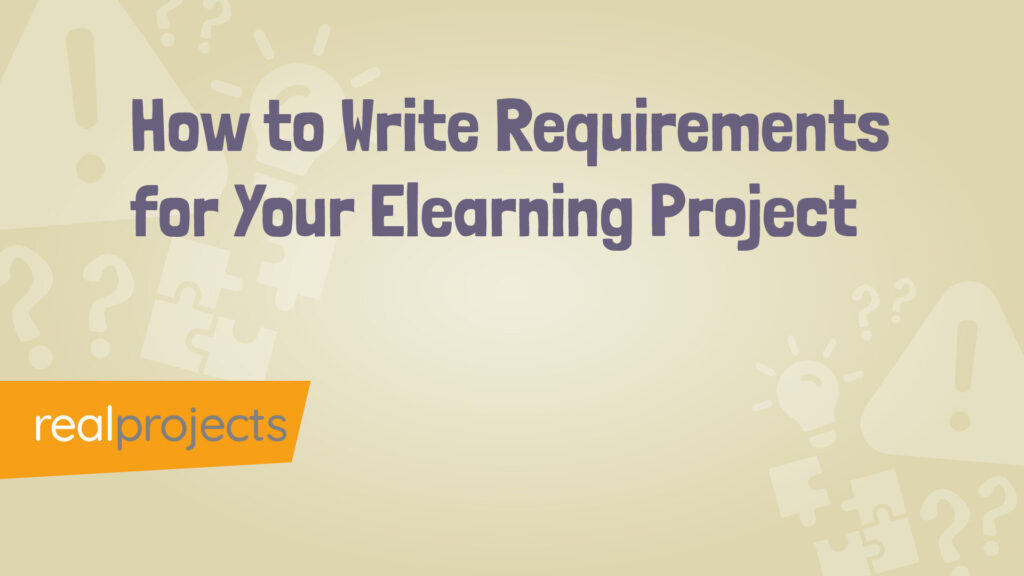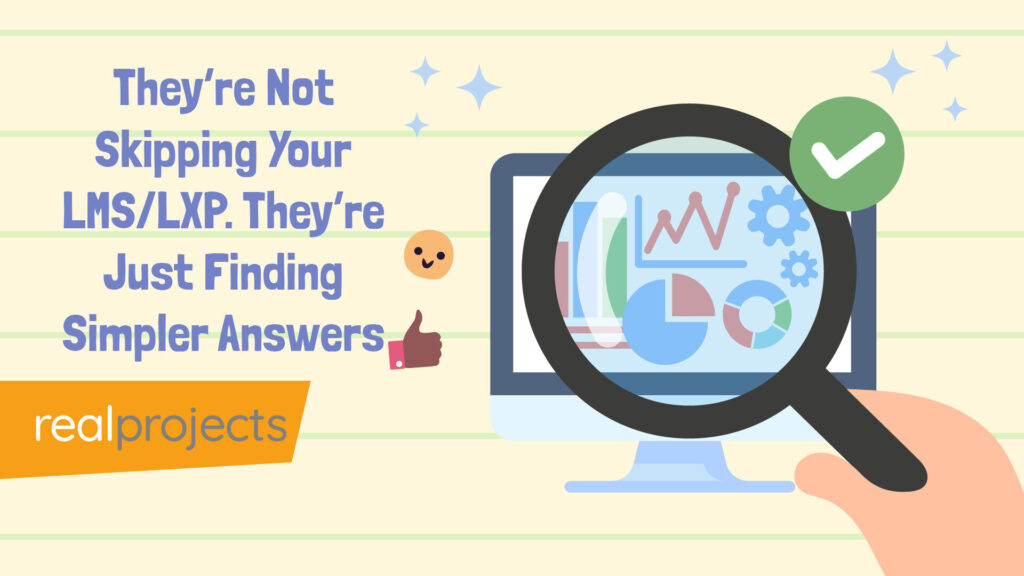Are you responsible for rolling out a training programme for a team spread across the globe?
Each member speaks a different language and interprets examples through their own cultural lens.
How do you ensure the training resonates universally, connects with diverse learners, and achieves the intended outcomes?
The Key Insight:
Multilingual elearning isn’t just about translating words—it’s about creating culturally relevant and accessible experiences that truly engage.
It bridges gaps, fosters inclusivity, and enables organisations to deliver impactful training to global teams.
In fact, 60% of global organisations consider multilingual training critical for employee engagement and performance (Deloitte, Global Human Capital Trends, 2022).
Yet, creating such content comes with unique challenges that demand both innovation and collaboration.
You’ll have seen the posts on LinkedIn or received the emails about the content creation apps or LMS where you can create localised content by pressing translated, but it’s not as simple as just pressing a button.
Breaking Down the Barriers:
When we first tackled localisation, we relied solely on manual processes.
These were effective but slow and costly, often becoming a barrier to scaling content.
We knew there was a demand for high-quality multilingual elearning, but the traditional approach wasn’t sustainable.
What was the solution? Blending the capabilities of AI with the nuance and expertise of human reviewers.
The Human-AI Collaboration Advantage:
This wasn’t just a translation task—it was a complete overhaul of our production process. We began by deconstructing our existing methods, identifying inefficiencies, and exploring how emerging AI technologies could streamline workflows.
Tools like AI-powered video translation, script synthesis, and voiceovers became invaluable.
However, technology alone wasn’t enough.
Here’s where human expertise became critical:
- Native speakers refined tone, cultural nuances, and pacing to ensure translations resonated authentically.
- Reviewers collaborated to catch subtleties AI missed, such as idioms, metaphors, or context-specific terms (e.g., distinguishing between “phishing” and literal fishing).
- This approach addressed a major obstacle: 70% of international employees report that language barriers significantly hinder their ability to perform effectively (Common Sense Advisory, Language and the Bottom Line, 2021).
Lessons from Innovation:
Through this process, we learned that innovation is about more than just adopting new tools—it’s about building systems that support growth, scale, and quality. Here are three key takeaways:
- Streamline Processes: We developed tools to automate checks for pacing, tone, and category consistency across hundreds of courses, cutting production time significantly.
- Prioritise Collaboration: Partnering with global experts, we integrated feedback to ensure content was tailored to diverse audiences.
- Invest in Training: Ensuring our team was equipped to use emerging technologies and adapt to evolving demands was crucial for success.
The Outcome?
In just six months, we produced over 500 multilingual courses in five languages: Brazilian Portuguese, Latin American Spanish, Italian, German, and French. This achievement was only possible through our innovative approach and commitment to collaboration.
More importantly, we created a scalable model ready to adapt to any language, ensuring inclusivity in multilingual elearning initiatives.
The results speak for themselves. Multilingual training not only drives engagement but retention too—90% of employees are more likely to stay with a company that invests in their learning and development, including multilingual training programmes (LinkedIn Learning, 2023 Workplace Learning Report, 2023).
Where Does This Leave You?
Multilingual elearning is no longer a “nice to have”—it’s a necessity in today’s globalised world. Organisations that invest in culturally relevant, accessible training set themselves apart, improving employee engagement, reducing errors, and driving measurable results.
Your Next Steps:
Ready to make your training content truly global? Whether you’re expanding into new markets or supporting diverse teams, now is the time to act. Let’s work together to break barriers and create multilingual elearning that makes a difference.
Start the Conversation Today.



